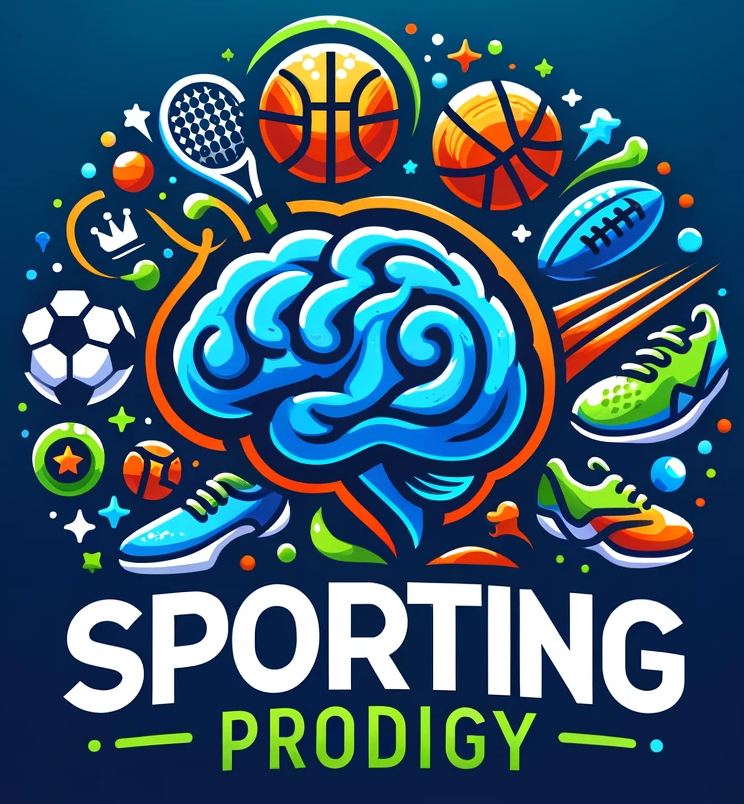Introduction: In the realm of sports, achieving optimal performance is not solely dependent on physical prowess or technical skills. A crucial yet often overlooked aspect is the intricate relationship between arousal and motivation. Arousal refers to the level of physiological and psychological activation, while motivation is the drive that compels individuals to pursue their goals. In this article, we delve into the dynamic interplay of arousal and motivation in sports performance and explore strategies to harness their combined power.
The Arousal-Motivation Connection
Arousal and motivation are intricately linked, influencing athletes’ readiness to perform and their commitment to achieving success. Optimal arousal levels vary depending on the nature of the sport, individual differences, and situational factors. High arousal levels can enhance performance in tasks requiring strength, speed, and power, while moderate arousal is optimal for tasks involving precision and fine motor control.
Motivation serves as the driving force behind athletes’ actions, shaping their behavior, persistence, and goal-directed efforts. Intrinsic motivation arises from internal factors such as passion, enjoyment, and personal satisfaction, while extrinsic motivation stems from external rewards or consequences. The balance between intrinsic and extrinsic motivation can significantly impact athletes’ engagement, resilience, and performance outcomes.
Understanding the Yerkes-Dodson Law
The Yerkes-Dodson Law proposes an inverted U-shaped relationship between arousal and performance, suggesting that moderate levels of arousal lead to optimal performance, whereas both low and high arousal levels can impair performance. This principle underscores the importance of finding the sweet spot where arousal levels are neither too low nor too high.

In practice, athletes must learn to manage their arousal levels effectively, utilizing techniques such as relaxation, visualization, and arousal regulation strategies. By maintaining a state of focused alertness and mental clarity, athletes can optimize their performance potential and mitigate the negative effects of excessive arousal or anxiety.
Impact of Motivational Factors
Motivational factors play a pivotal role in shaping athletes’ mindset, goal orientation, and resilience in the face of challenges. Goal-setting theories emphasize the importance of clear, specific, and challenging goals in enhancing performance and sustaining motivation over time. Setting both short-term and long-term goals allows athletes to maintain focus, track progress, and stay motivated during training and competition.
Moreover, self-efficacy beliefs, or one’s confidence in their ability to succeed, exert a significant influence on motivation and performance outcomes. Athletes with high self-efficacy are more likely to set ambitious goals, persevere in the face of setbacks, and exhibit greater effort and persistence in pursuit of excellence.
The Role of Coaches and Environment
Coaches play a crucial role in fostering arousal and motivation among athletes, providing support, feedback, and encouragement to enhance performance. By creating a positive and supportive training environment, coaches can instill confidence, motivation, and a growth mindset in their athletes.
Furthermore, the team dynamic and social support networks within sports environments can significantly impact athletes’ motivation and emotional arousal. Peer support, camaraderie, and a sense of belonging contribute to a positive team culture that fosters motivation, resilience, and collective success.
Practical Strategies for Enhancing Performance
To optimize performance, athletes can employ a variety of practical strategies to manage arousal and sustain motivation throughout their athletic journey. These include:
- Mental preparation techniques such as imagery, mindfulness, and self-talk to enhance focus, confidence, and emotional regulation.
- Utilizing pre-performance routines or rituals to establish a sense of consistency, control, and readiness for competition.
- Implementing effective stress management strategies such as progressive muscle relaxation, deep breathing exercises, or biofeedback techniques.
- Setting realistic yet challenging goals that align with personal values, aspirations, and long-term objectives.
- Seeking social support from coaches, teammates, and sports psychologists to address performance-related concerns and enhance motivation.
Arousal and motivation
In the realm of sports performance, the dynamic interplay of arousal and motivation serves as a driving force behind athletes’ success. By understanding the nuanced relationship between these psychological factors and implementing practical strategies to manage arousal and sustain motivation, athletes can unlock their full potential and achieve peak performance on and off the field. Ultimately, mastering the art of arousal regulation and motivation enhancement is essential for navigating the challenges and triumphs of the competitive sports landscape.


